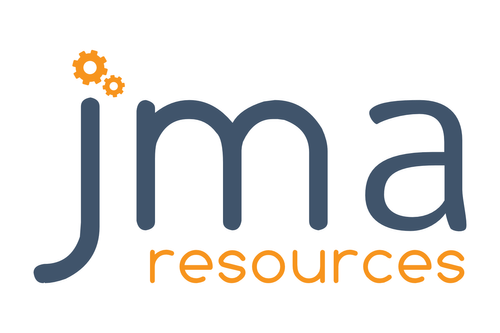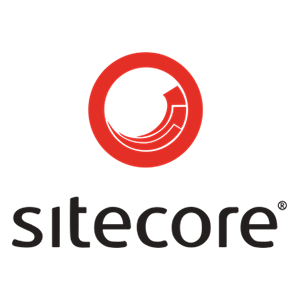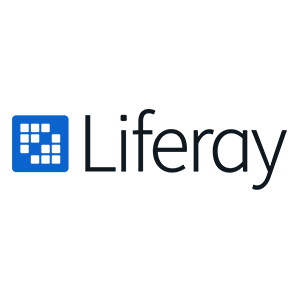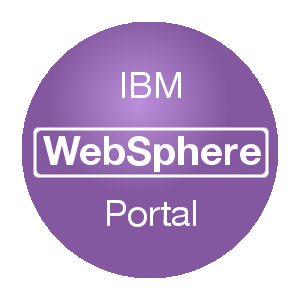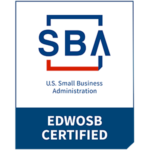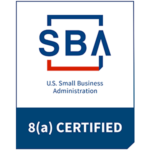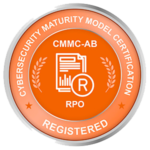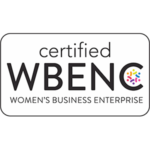Unlocking Success with JMA’s Enterprise Portals
Organizations encounter a wide range of difficulties and pain points in their pursuit of a seamless digital transformation in the quickly changing environment of modern business. JMA is aware of these challenges and has developed its expertise to provide cutting-edge solutions through its Enterprise Portal practice. The need for an enterprise portal has never been more pressing, regardless of whether you work for a private company or a government organization, and JMA is here to help you on this transformational path.
Challenges and Pain Points
Complexity in Digital User Experience
In a time when user experience is king, businesses frequently struggle to give their users a seamless, responsive digital environment. Here, JMA’s expertise in enterprise portals comes into play.
Managing Workflow and Collaboration
Coordinating workflow and fostering collaboration among team members is a universal challenge. Many enterprises struggle to find the right balance between efficient processes and secure digital technologies. JMA Enterprise Portals offer a solution.
Lack of Integrated Solutions
One of the common pain points is the absence of integrated front-end and back-end systems, which hinders businesses from effectively tracking visitors and leads. JMA’s Enterprise Portal practice bridges this gap, offering integrated solutions to enhance user experiences.
Empowering Enterprises with Comprehensive Portal Solutions
In today’s dynamic business landscape, enterprises require more than just a digital presence – they need a strategic gateway to streamline operations, engage users, and drive growth. Enterprise Portals have emerged as the catalyst for this transformation, offering a diverse range of offerings tailored to meet the evolving needs of businesses.
Let’s navigate through the core Enterprise Portal offerings, each designed to propel organizations towards digital excellence:
Enterprise Portal Expertise
Some of the platforms that JMA specializes in, but no limited to, are as follows:
Patterns in Enterprise Portal Implementations
With an overview of enterprise portals established, let’s delve into the primary types of enterprise portal implementations that JMA employs in its enterprise portal practice.
Content Portals
Content portals, often the initial portal implementation, aggregate enterprise content from various sources. They typically offer read-only access, enriched with services like search and content authorization.
Integration or Transaction Portals
Integration or transaction portals extend beyond content portals by displaying application functionality within portal portlets. These portals connect to back-end data sources and facilitate user interaction with data.
Collaboration Project Portals
A recent trend involves collaboration portals designed for ad hoc or project-specific work. These portals offer collaboration features that enable user groups to self-organize, share information, and collaborate efficiently.
Process Portals
Process portals represent a deeper level of functionality compared to integration portals. They support user interfaces that enable users to participate in business processes spanning multiple back-end systems, often transcending departmental boundaries.
These comprehensive offerings empower enterprises to navigate the complexities of the digital age, foster innovation, and stay ahead in an ever-evolving business landscape. With Enterprise Portals as your strategic partner, the path to digital excellence is clearer than ever before.
